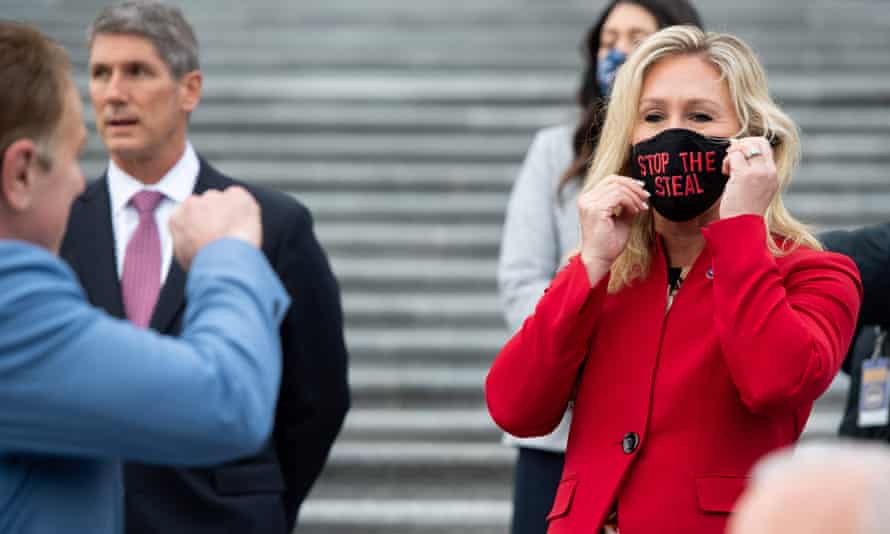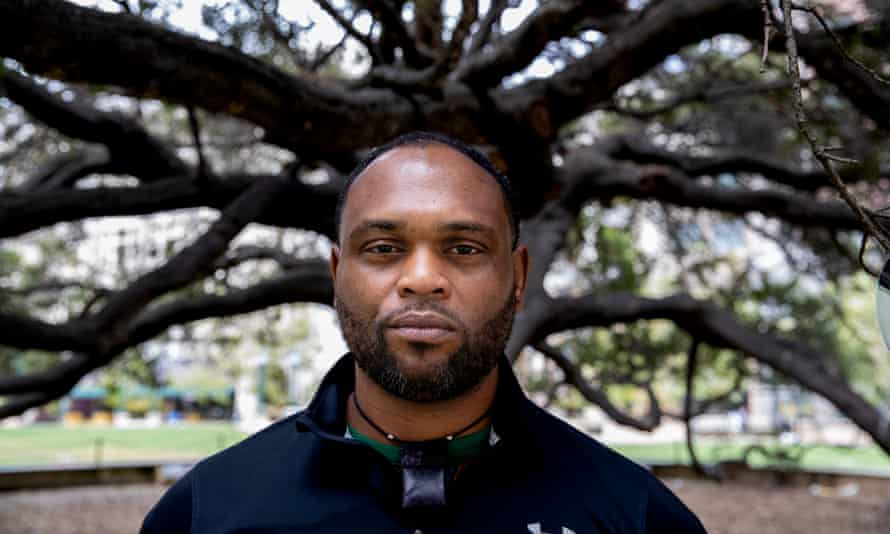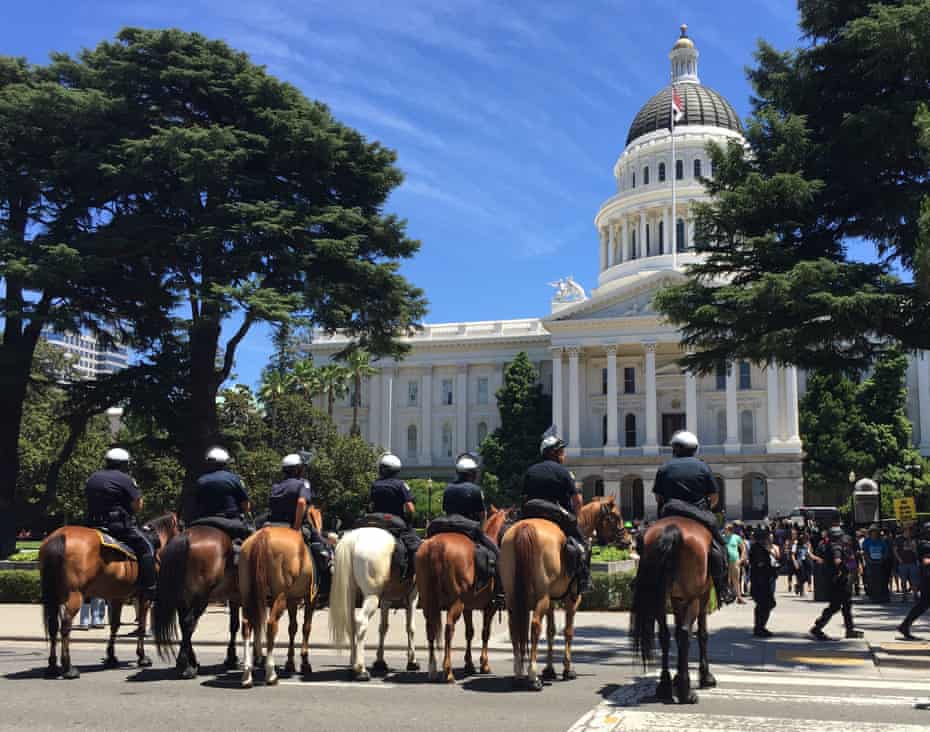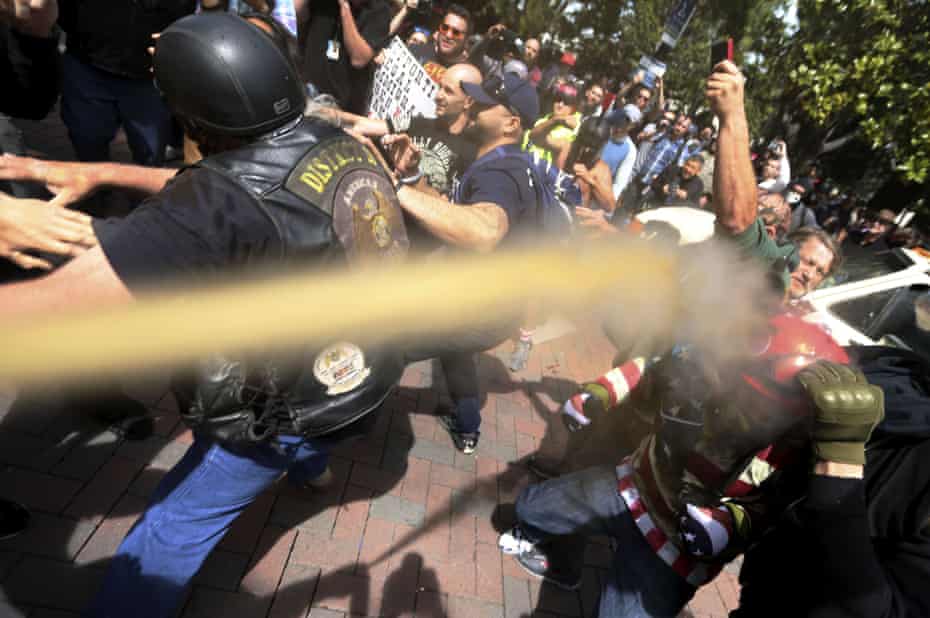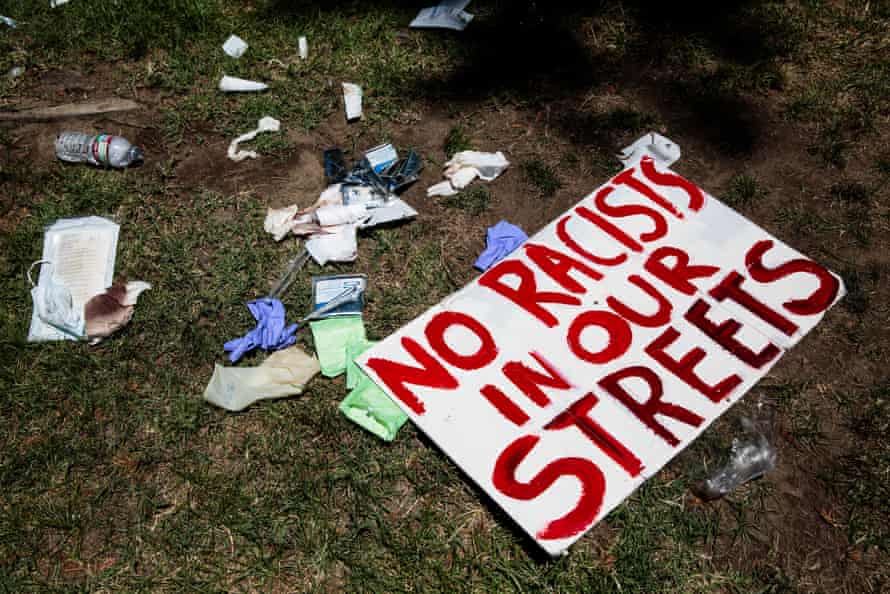An insurrection of upper-middle class white people
They flew from their affluent suburbs to the U.S. Capitol, ready to die for the cause of white privilege
The stunning pro-President-Trump insurrection that occurred at the U.S. Capitol less than a week ago must have been a carnival for one’s olfactory bulb, as the stinging aroma of tear gas blended with the pungent odors of the occasional joint, or maybe the piles of dung that some of the cruder mob members left in the hallways once graced by icons like Daniel Webster, Henry Clay, and LBJ. The only thing that wasn’t in the air on Wednesday was the smell of what so many have falsely tied to Trump’s authoritarian movement — any whiff of “economic anxiety.”
When fascism finally came to America in the form of an attempted coup to halt our presidential election, it came from lush-green suburbs all across this land, flying business class on Delta or United and staying in four-star hotels with three-martini lobby bars — the better to keep warm after a long day of taking selfies with friendly cops or pummeling the unfriendly ones, chanting “Hang Mike Pence!” and generally standing athwart democracy yelling “Halt!”
Long ridiculed as deplorables rising up from the muck of Rust Belt trailer parks, the Donald Trump counter-revolution has finally revealed itself as an upper-middle-class affair.
What else can one think after seeing the photo of Jenna Ryan, real-estate broker from the upscale Dallas exurb of Frisco (also a “conservative” radio talker) posing in front of the private jet that whisked her to the Jan. 6 pro-Trump rally and subsequent storming of the Capitol, where she smiled in front of a window broken by other rioters and tweeted that “if the news doesn’t stop lying about us we’re going to come after their studios next”?
Maybe Ryan is an extreme example, but her compatriots in rushing Capitol Hill on Wednesday included a father of three from another upscale Dallas suburb named Larry Rendall Brock Jr., whose 1989 degree in international relations from the Air Force Academy apparently never taught him that it’s a bad idea to be photographed leaving House Speaker Nancy Pelosi’s office in a combat helmet, tactical gear, and holding zip-tie handcuffs.
One might also expect a criminal defense lawyer like McCall Calhoun of Americus, Ga., to know that it’s surely illegal to surge past a line of cops into the U.S. Capitol, even if, as you later told a newspaper, you believed your fellow rioters were people who “don’t want to lose their democratic republic.” Or that it’s bad form to do this after tweeting about a looming civil war or the potential hanging of President-elect Joe Biden.
Political junkies like us remember 2000′s “Brooks Brothers riot” of well-heeled GOP activists and lobbyists that successfully halted Florida vote recounting in populous Dade County. Apparently what we witnessed Wednesday was the “Pottery Barn insurrection.” As key figures who invaded the Capitol have been steadily identified over the last five or six days, it’s remarkable how many alleged lawbreakers emerged from upscale zip codes.
The stay-at-home dad husband of a physician. The son of an elected judge in Brooklyn. The owners of numerous small businesses, as well as assorted state legislators. The New York Times spent four years looking for Trump voters in Ohio diners, but apparently that’s not where they would have found failed actor Jacob Chansley, a.k.a. Jake Angeli, the infamous shirtless rioter with the painted face and horns, who reportedly hasn’t eaten since his arrest because there’s no organic food in jail.
Yes, many of the 74 million citizens who voted for the guy who then incited an attempted coup do fit the stereotype of struggling or laid-off blue-collar worker in a rusted-out rural community. But those folks aren’t the ones who can take a Wednesday off and fly hundreds of miles, let alone plunk down hundreds of dollars, to get to the nation’s hub. While the Capitol mob was bulked up with other Trumpists — including an alarming number of off-duty police officers, as well as some neo-Nazi or KKK types who’ve been around forever — it was the 401(k) crowd that formed the front line of America’s first real putsch.
If that surprises you, then you weren’t really paying attention. For the last four years, political scientists have been trying to wrap their brains around Trump’s shocking 2016 victory in the Electoral College while trying to tell us that the 45th president’s true base is a lot of things — but it’s not poor. In fact, polling guru Nate Silver noted during 2016′s primaries that the average Trump voter had a median household income of $72,000, which was both higher than the national average and also higher than the numbers that year for supporters of Hillary Clinton and Bernie Sanders.
Interestingly, Silver and other analysts have found that Trump performs particularly well with voters with high incomes yet often without college diplomas (although he also does better with degree holders than he gets credit for). A researcher at the University of Pennsylvania, the political scientist Diana Mutz, found that Trump voters generally weren’t struggling economically yet did feel great anxiety about their status — whether the threat was the rise of a foreign power like China or the idea that America, and its government, was becoming increasingly nonwhite.
That explains a lot. It explains why the Republican Party, arguably in a long downward moral spiral, lost its mind when America elected its first Black president in Barack Obama. It explains why so many people with the luxuries of a laptop and free time (things that actual poor folks have in short supply) look for conspiracies like QAnon to explain a society that no longer makes sense for them, or why so much of the hatred on the right is expended not at the CEOs who outsourced American jobs but at the cap-and-gown-wearing eggheads like journalists or scientists they find intellectually arrogant.
The main reason that so many reasonably well-off folks tried to shut down American democracy wasn’t because they feared losing their paycheck, but because they feared losing their white privilege. Donald Trump had promised that “I alone can fix it” — that he’d protect them from a society where Black and brown essential workers could expect help from their government during a pandemic or ask the police to stop killing them, a world that where just being white no longer guaranteed the status they were promised as kids. They truly believed that Biden, Kamala Harris, and the 82 million were going to end their white power, and they saw Jan. 6 as their last chance to save it. The Capitol still stands, but the rest of us are going to be spending decades cleaning up their mess.
In the end, as the FBI and other agencies step up their investigation of the Jan. 6 insurrection, there will likely be hundreds of arrests. But the now-under-fire Capitol Police arrested only 13 rioters while the attack was underway, and only a few dozen more were busted by cops for violating the 6 p.m. curfew. No one must have been more shocked by this than the survivors of the May 1971 anti-Vietnam War protests in Washington, one of the largest demonstrations in American history. In marked contrast to last week’s light police presence, the heavy-handed tactics from the administration of Richard Nixon included secretly canceling a national-park permit for the protests and then sending in a whopping 12,000 military troops to augment an already sizable police and National Guard presence. Over three days, an astonishing 12,614 people — many who were protesting peacefully and not violating any laws — were rounded up in the largest mass arrest in U.S. history. Authorities detained thousands at RFK Stadium because there was nowhere else to put them.
The shameful 1971 incident proved a point that seemed clear last Wednesday and has now been established with research: Police who are aggressive with leftist social-justice protesters treat right-wing disturbances with kid gloves.
Last year’s Black Lives Matter protests as well as anti-lockdown rallies on the far right inspired the nonprofit Armed Conflict Location & Event Data Project to dig deeper.
It found police were twice as likely to break up the left-wing protests, and when they did disperse a gathering, cops used force against leftists more often (51% of the time) than against right-wingers (34%.)
This unequal treatment under the law is one more way that American policing is broken.




